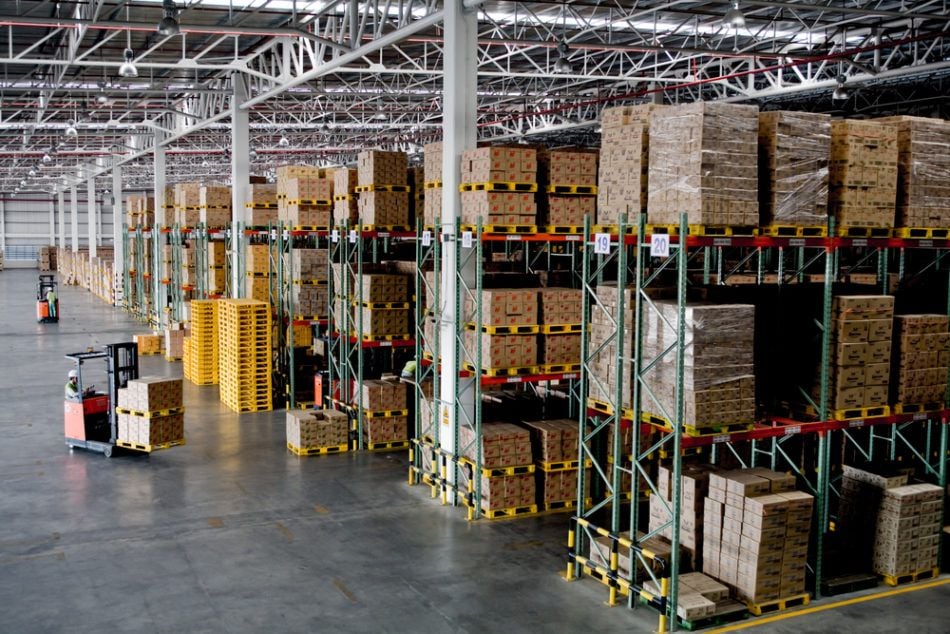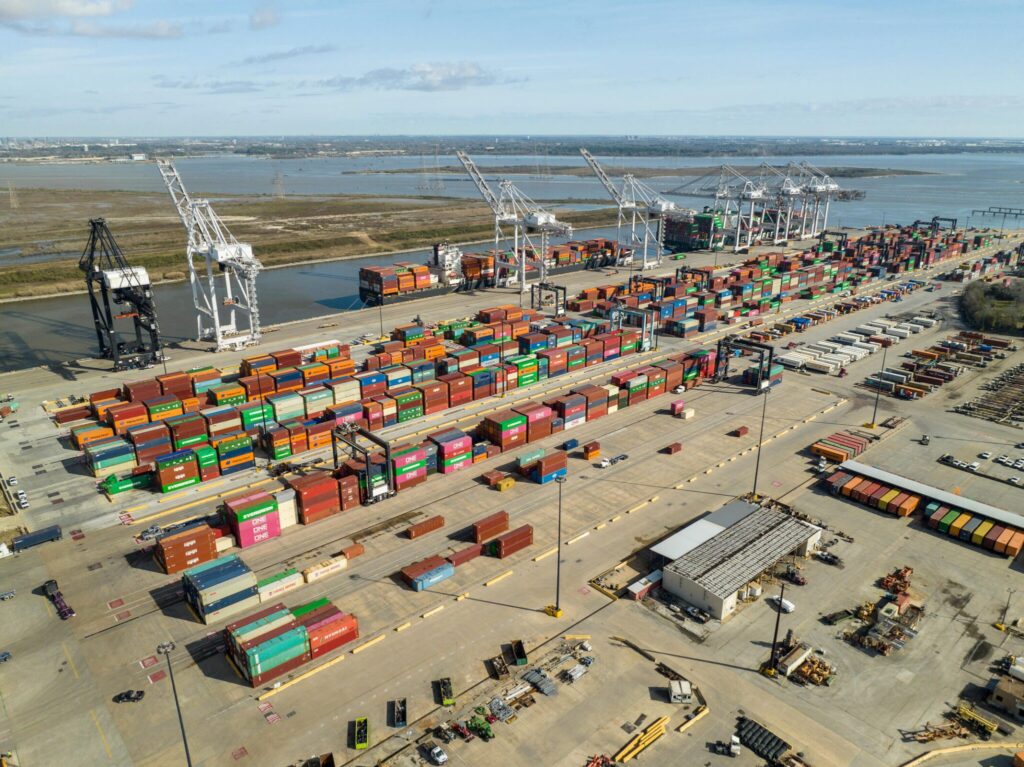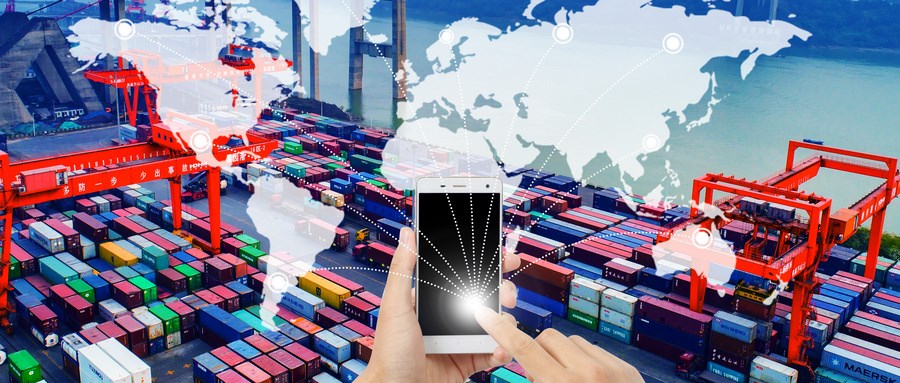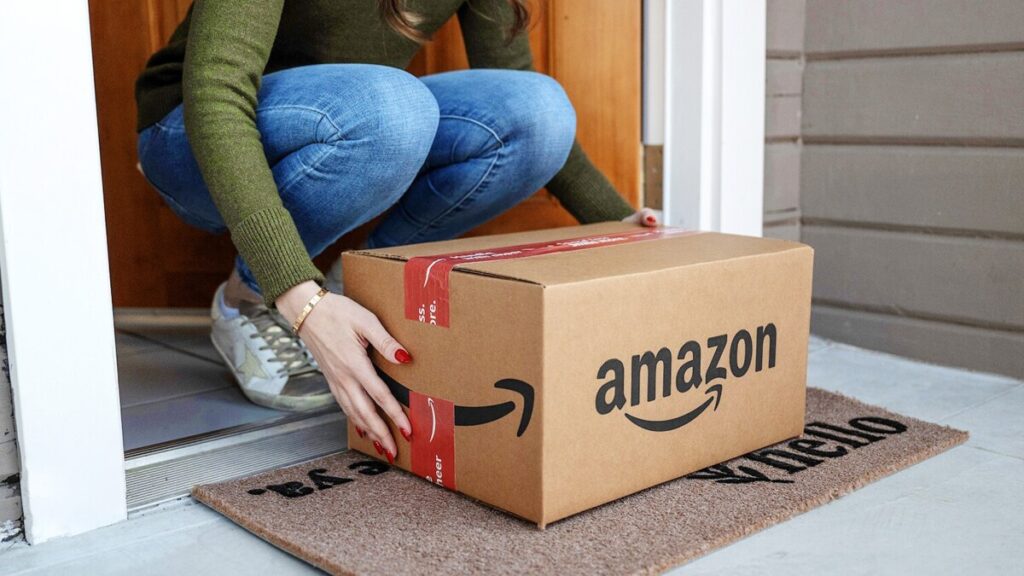New U.S. regulations: The era of mandatory cosmetic FDA certification is coming!


The United States signed the Modernization of Cosmetic Regulation Act of 2022 (MoCRA) on December 29, 2022, which means that the U.S. cosmetics industry will usher in a major reform of the current reform, cosmetics will be transformed from voluntary to mandatory registration, which means that cosmetics imported into the U.S. must be certified by the FDA. FDA in March this year, the FDA stopped receiving and Processing of cosmetics VCRP system of registration submission, on December 18th released the final guidelines for the registration of cosmetic organizations and product listing. What will be involved in cosmetic FDA certification under the new regulations? Follow us down the road to see it!
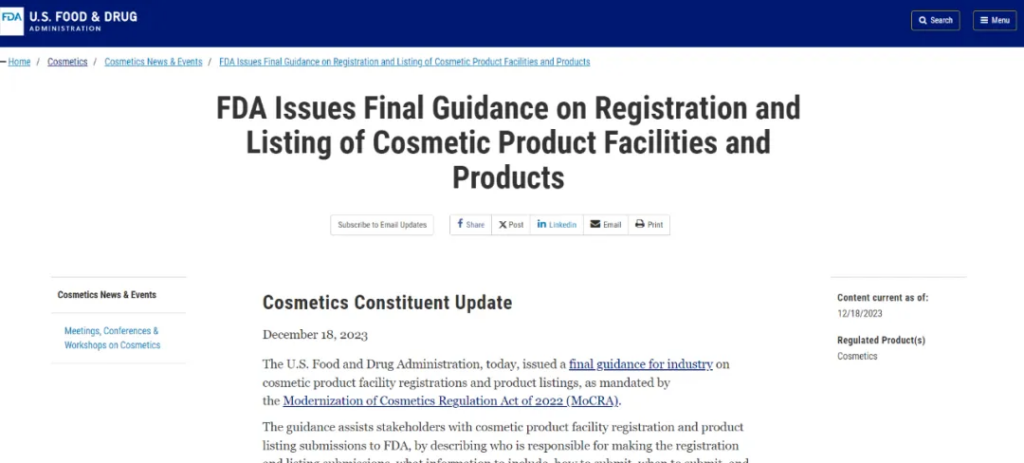
When is FDA registration available?
The cosmetic registration system is still in the process of improvement, and to ensure that the industry has enough time to submit the facility registration and product listing information, the FDA plans to extend the enforcement time from December 29, 2023, to July 1, 2024. It is recommended that sellers who sell or plan to sell cosmetic products in the U.S. can learn about and prepare for this in advance, and complete facility registration and product listing before July 1, 2024.
What's involved in FDA registration?
- Establishment registration: Cosmetic manufacturers and processors are required to register their establishments with the FDA and update their registrations within 60 days of any changes to the business, unlike the voluntary FDA VCRP registration, which must be renewed every two years.
- Product Listing: The person in charge of a cosmetic manufacturer, packager, or distributor must list each listed cosmetic product, as well as the product ingredients of the cosmetic product, with the FDA and update it annually.
If a product is both a drug and a cosmetic, a cosmetic listing need not be submitted for that product, but the listed product should be identified as both a drug and a cosmetic at the time of the drug listing submission.
The following information needs to be submitted for organization registration and product listing:
Registered Programs | Required information |
Establishment registration | • Name of business owner or operator • Business name, physical address, e-mail address, and phone number • Name and contact information (phone and e-mail) of U.S. agent • Facility Establishment Identifier (FEI) • Name of all brands of cosmetics • Product category of cosmetics and responsible person • Type of submission (initial, amendment, expiration renewal, etc.) • Product category and person in charge of the cosmetic product • Type of submission (initial submission, amendment, renewal due, etc.) • Name of the parent company (optional) • DUNS number (optional) • Contact information of other persons involved in the registration (optional) |
Product Listing | • Establishment registration number (the number obtained after the establishment is registered) • Name and contact number of the person in charge • Name of the cosmetic (based on the name on the label) • Category of the cosmetic – List of cosmetic ingredients, including any flavors, fragrances, and colors • Product listing number • Type of submission (initial submission, annual update revision, etc.) • Name of parent company (optional) • Type of business (manufacturer, packer or distributor) (optional) • Label image (provide jpg. image) (optional) • Link to product webpage (optional) • Is the cosmetic for professional use only (optional) • Person responsible for the address listed on the product label DUNS number (optional) • Unique Ingredient Identifier (UNII) (Optional) • Contact information for other persons associated with the registration (optional) |
How to submit a registration?
There are two ways to submit cosmetic FDA registrations, paper submissions and electronic submissions. On December 18th, the FDA officially announced a new e-submission site called Cosmetics Direct for listing cosmetic products. The FDA strongly recommends the use of e-submission, and sellers can choose to register on their own or with a third-party service provider.
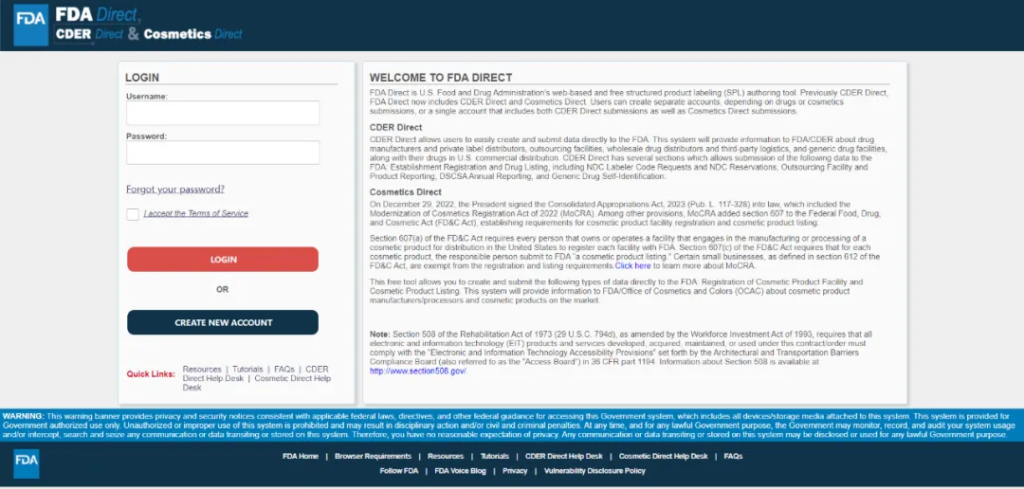
Is there a fee for registration?
Under Section 607 of the U.S. Federal Food, Drug, and Cosmetic Act, there is no fee for cosmetic establishment registration and product listing. If a third party service organization is approached to apply for registration on your behalf, the service fee will be charged by the third party service organization.
With the implementation of the new rules for cosmetics, cosmetics import clearance, will likely also have a major adjustment from the original voluntary submission of registration information into mandatory submission, we recommend that you plan ahead.
At present, FDA is still improving the cosmetic registration system, and Jiu Fang is also paying attention to the dynamics of the new cosmetic regulations, and we will inform you if there is any latest news!
Sharing is caring!

